KRS KRS118B User manual




















Table of contents
Popular Water Heater manuals by other brands
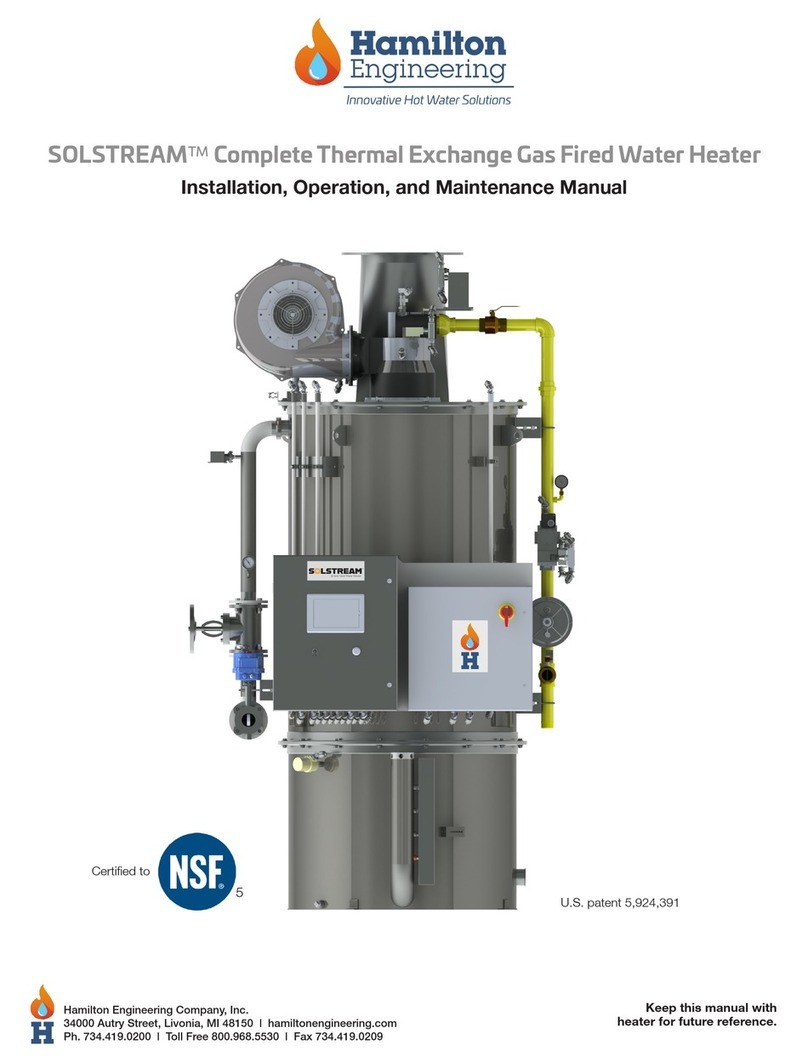
Hamilton Engineering
Hamilton Engineering SOLSTREAM DCH-1000 Installation, operation and maintenance manual
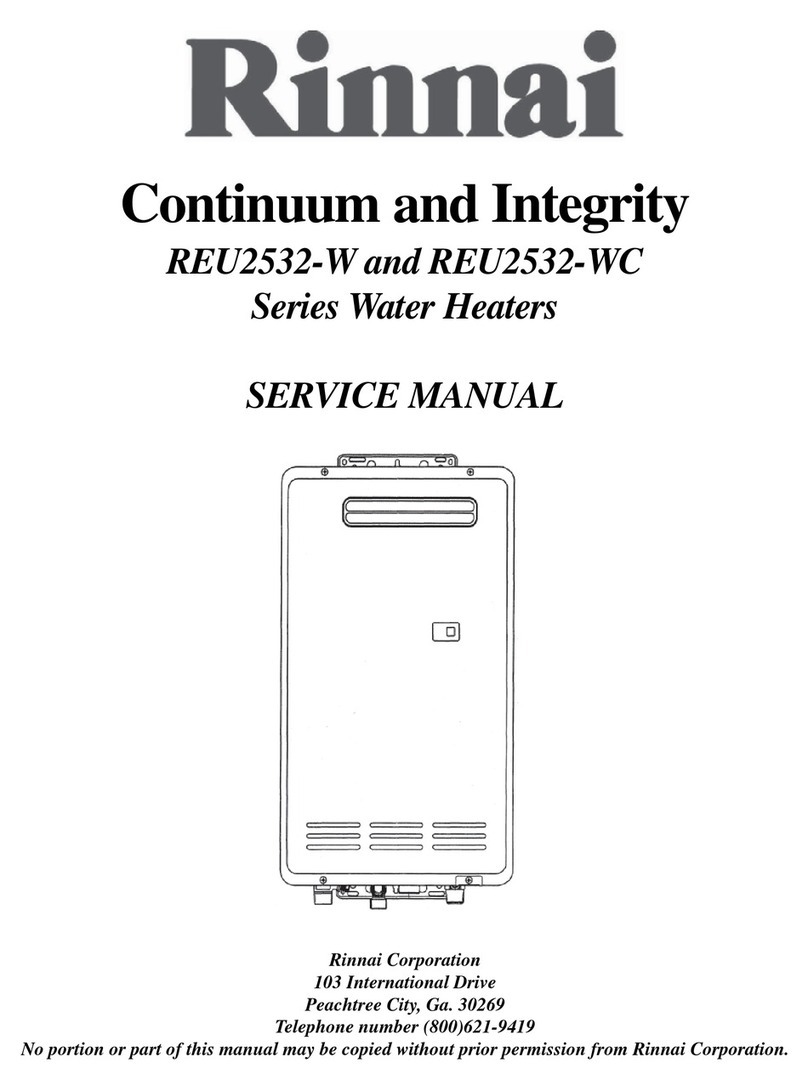
Rinnai
Rinnai Continuum REU2532-W Series Service manual
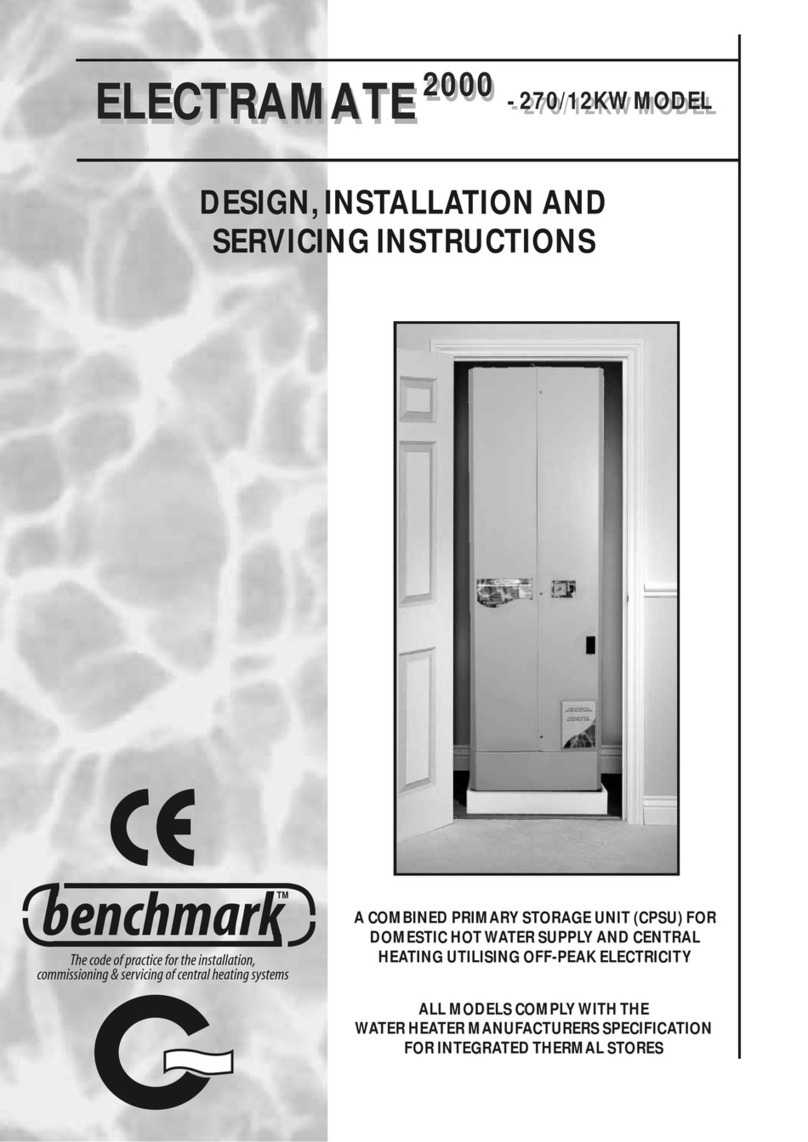
Benchmark
Benchmark ELECTRAMATE 2000-270/12KW Design, installation and servicing instructions
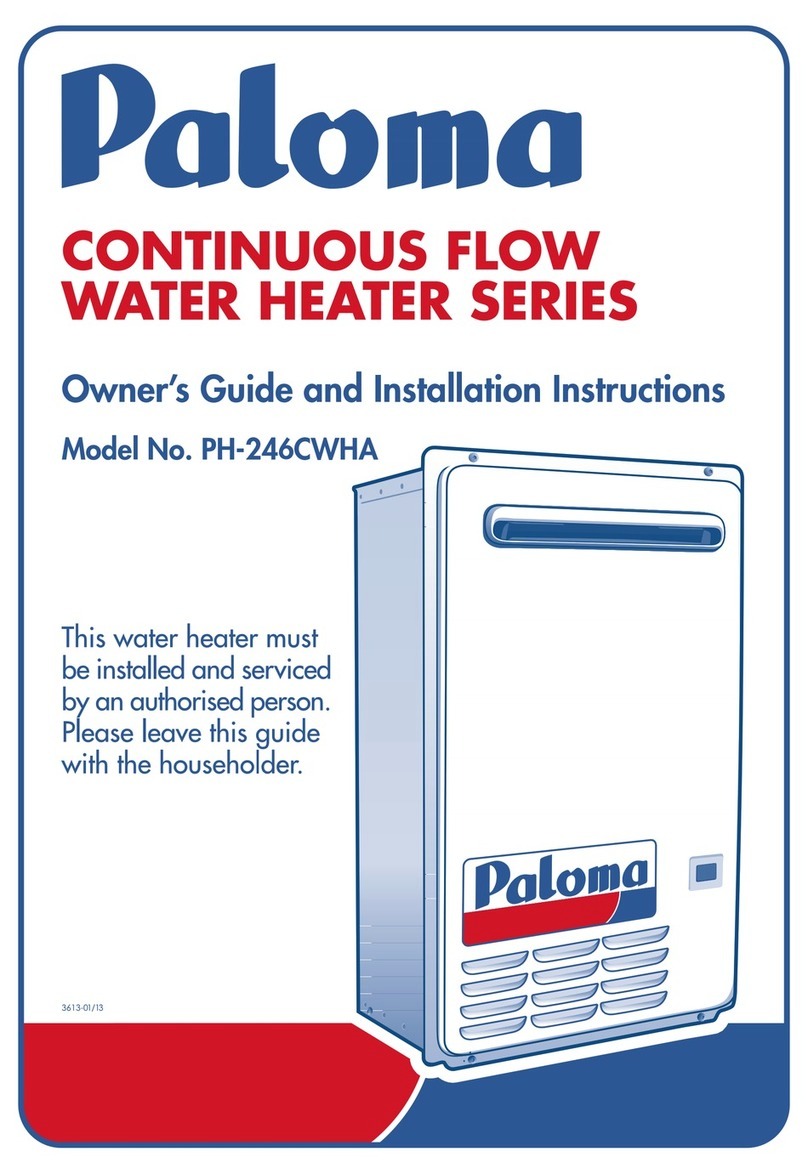
Paloma
Paloma PH-246CWHA Owner's guide and installation instructions
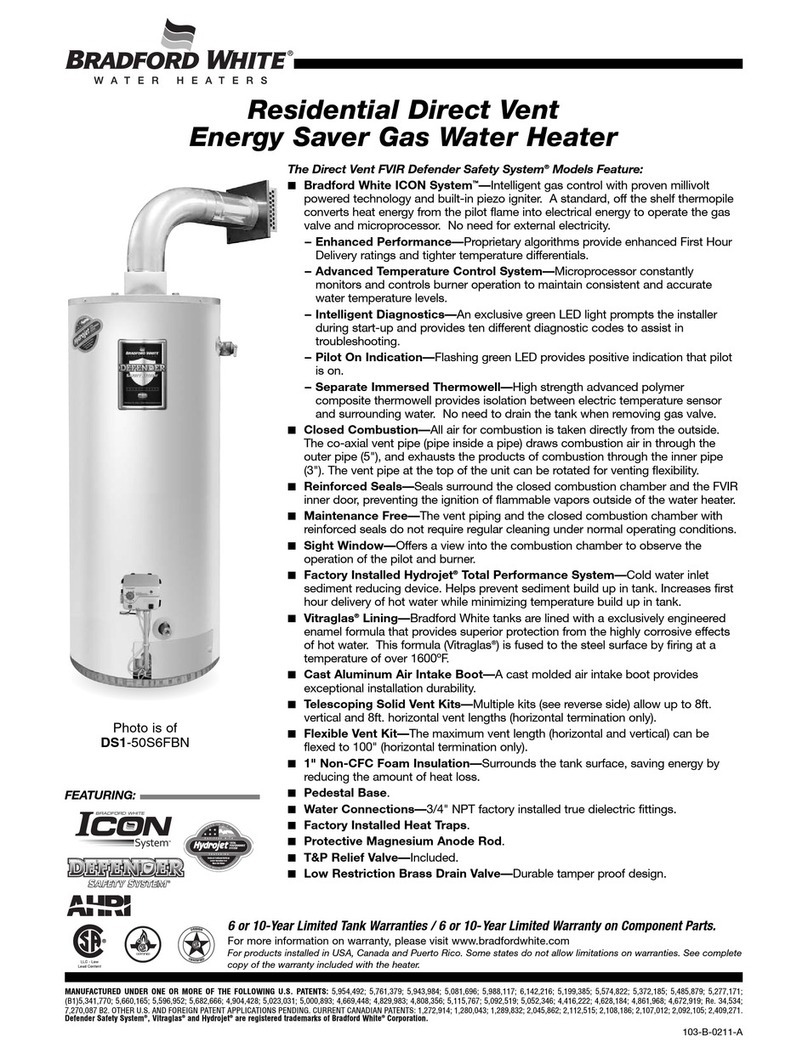
Bradford White
Bradford White DS1-40S6FBN Information sheet
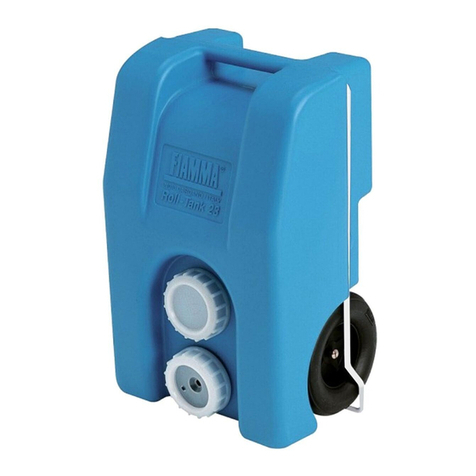
Fiamma
Fiamma 08307-01A Installation and usage instructions
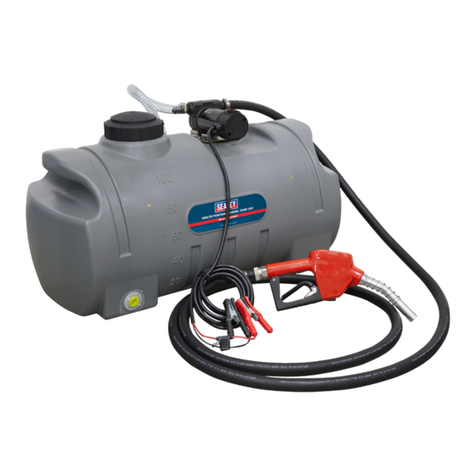
Sealey
Sealey D100T quick start guide
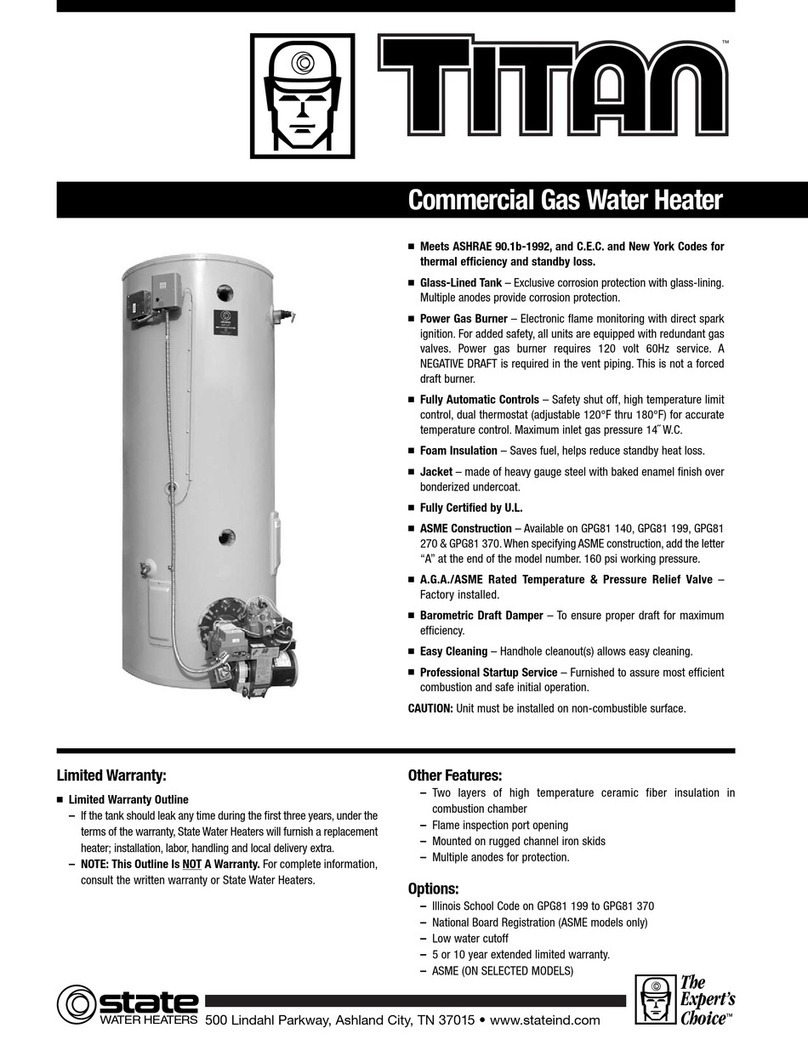
State Water Heaters
State Water Heaters Titan STGPG/0303 Specification sheet

Premier
Premier WH-4496 instruction manual

Unical
Unical SERBHA 300 Installation and maintenance instructions

Bock Water heaters
Bock Water heaters OT125 Installation and operation instruction manual
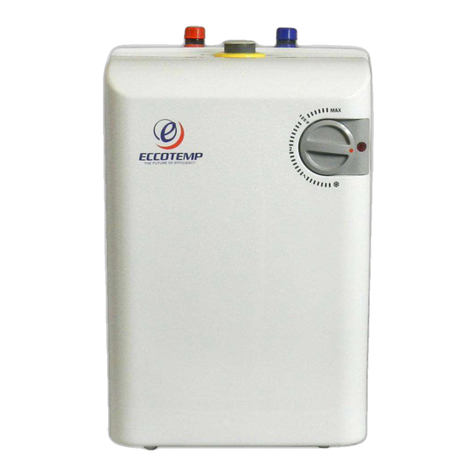
Eccotemp
Eccotemp EM-2.5 Use and care guide
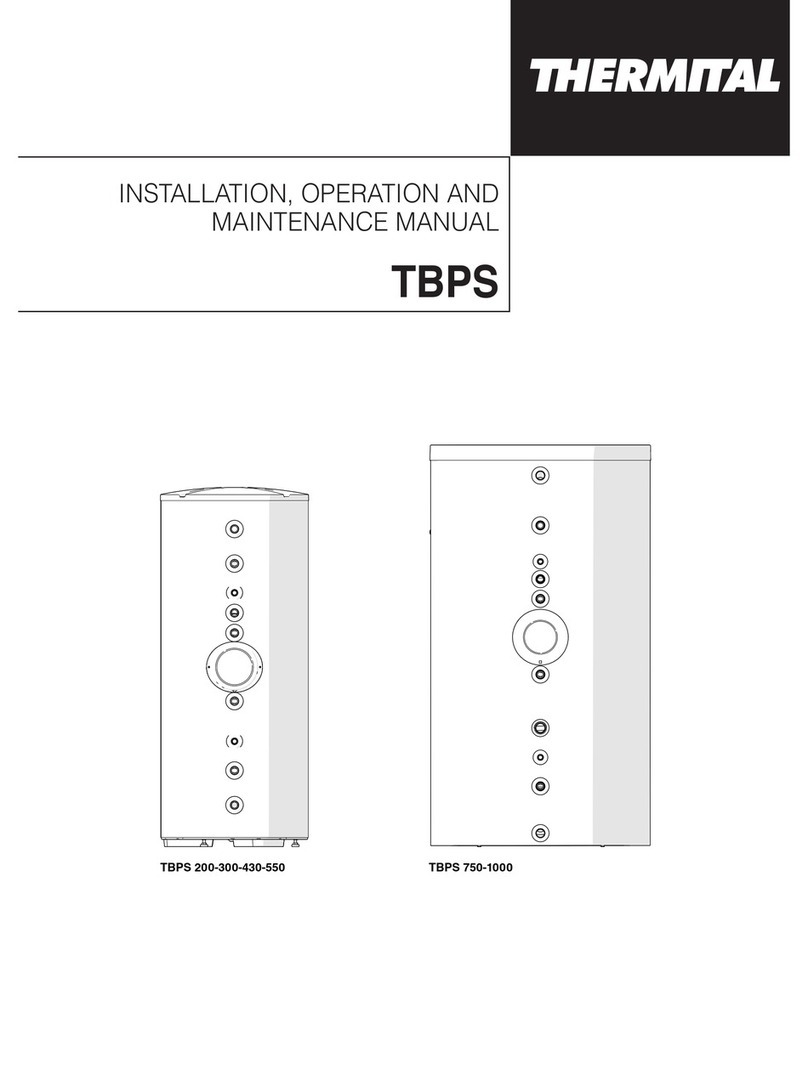
thermital
thermital TBPS 200 KOMPACT Installation, operation and maintenance

Austria Email
Austria Email KRO Instructions for use
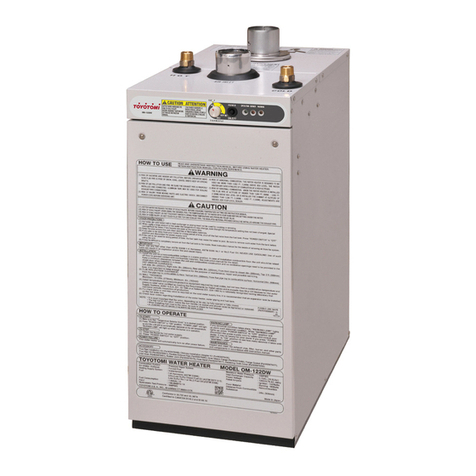
Toyotomi
Toyotomi Oil Miser OM-122DW Operation and maintenance instructions

Nibe
Nibe EKS 500 User's and installer's manual

American Water Heater
American Water Heater 520 Installation manual and owner's guide

HTP
HTP SuperStor Pro Solar SE Series Installation, start-up, maintenance, parts, warranty